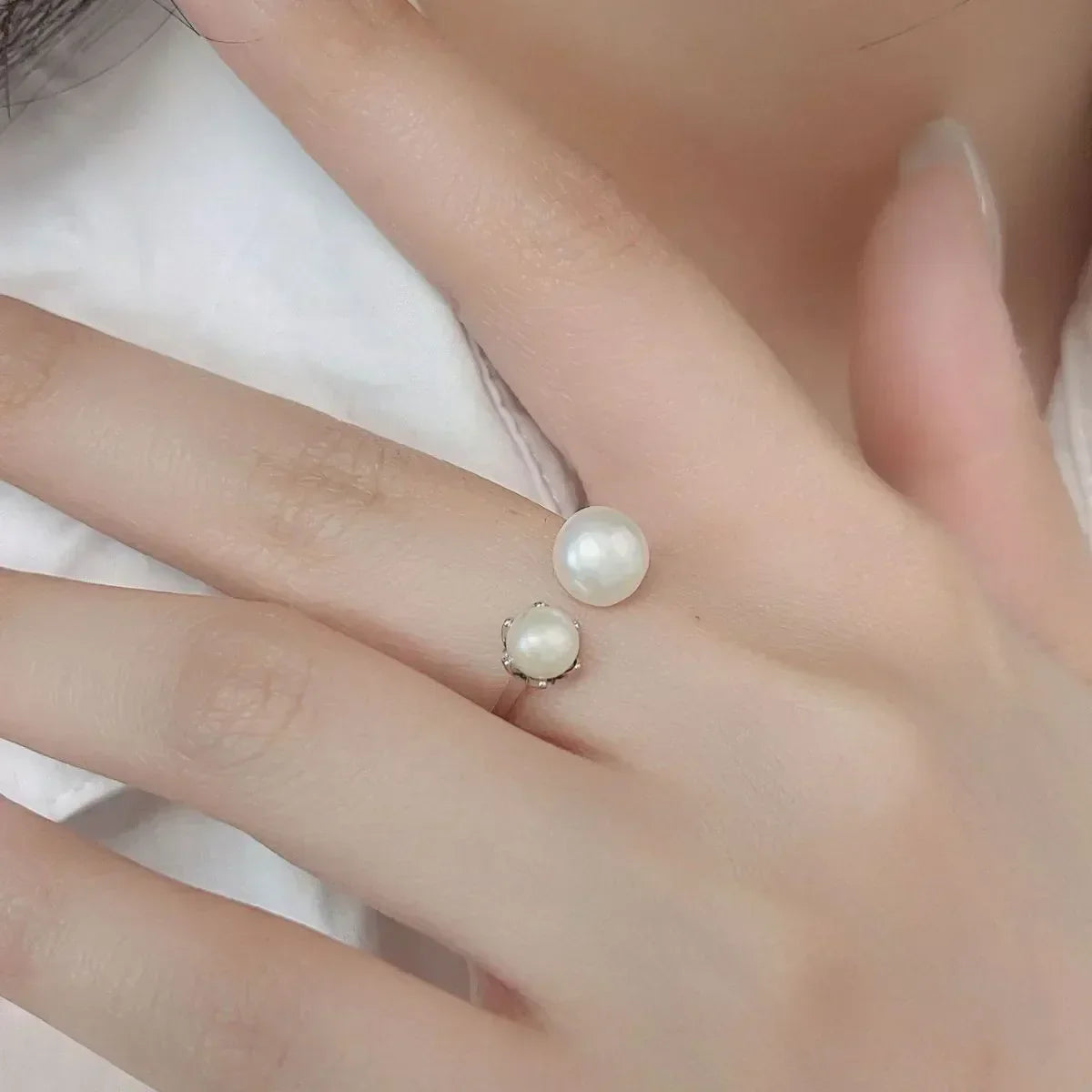Jewelry has long been a symbol of status, personal expression, and cultural heritage in Britain. For British women, jewelry is more than mere adornment—it reflects history, social standing, and evolving fashion trends. From royal tiaras to punk-era rebellion, British women have played a pivotal role in shaping jewelry trends both in the UK and globally.
Historical Significance of Jewelry in British Culture
1. Medieval and Tudor Eras: Symbols of Power and Piety
During the Middle Ages and the Tudor period, jewelry was primarily worn by nobility and royalty. British women of high status adorned themselves with intricate gold pieces, gemstones, and religious symbols.
-
Queen Elizabeth I (1533–1603) was known for her lavish pearl necklaces, gem-encrusted gowns, and symbolic jewelry, such as her famous "pelican" and "phoenix" pendants representing sacrifice and eternal life.
-
Brooches and rings were often used to signify alliances, with family crests and heraldic motifs engraved into precious metals.
2. The Georgian and Victorian Eras: Sentimentality and Symbolism
The Georgian (1714–1837) and Victorian (1837–1901) periods saw a rise in sentimental jewelry.
-
Mourning jewelry, made from jet or black enamel, became popular after Queen Victoria wore pieces in memory of Prince Albert.
-
Lockets containing portraits or hair of loved ones were common.
-
Acrostic rings (spelling out names with gemstones, like "DEAR" using Diamond, Emerald, Amethyst, Ruby) were a romantic trend.
3. The Edwardian Era: Elegance and Innovation
The early 20th century brought delicate, feminine designs:
-
Platinum and diamonds became fashionable, with lace-like filigree work.
-
Tiaras and pearl chokers were staples for aristocratic women.
-
Suffragette jewelry (green, white, and violet stones for "Give Women Votes") became a subtle political statement.
Modern British Jewelry Trends

1. Royal Influence: From Diana to Kate and Meghan
British royal women have significantly influenced jewelry trends:
-
Princess Diana popularized sapphires, most notably her 12-carat blue sapphire engagement ring, now worn by Kate Middleton.
-
Meghan Markle introduced minimalist and ethical jewelry, such as delicate diamond earrings and stacked bracelets.
-
Queen Elizabeth II was rarely seen without her signature pearl necklaces and brooches, each piece holding historical significance.
2. Punk and Rebellion: Vivienne Westwood and the Anti-Establishment
In the 1970s and 80s, British punk culture redefined jewelry:
-
Safety pins, spikes, and chains became fashion statements.
-
Vivienne Westwood incorporated bold, unconventional materials into her designs, challenging traditional notions of luxury.
3. Contemporary British Designers: Innovation and Sustainability
Today, British women embrace both classic and avant-garde jewelry:
-
Monica Vinader – Known for stackable rings and personalized pieces.
-
Anissa Kermiche – Blends art and femininity with playful, sculptural designs.
-
Pippa Small – Focuses on ethical sourcing and tribal-inspired craftsmanship.
Why Jewelry Matters to British Women
-
Heritage & Tradition – Many British women inherit heirlooms, keeping family history alive.
-
Self-Expression – From punk rockers to royals, jewelry reflects individuality.
-
Investment & Status – High-value pieces (like Cartier or Bulgari) remain symbols of success.
-
Fashion & Trends – British women mix vintage with modern, creating unique styles.
Conclusion
Jewelry in Britain is more than decoration—it’s a narrative of power, love, rebellion, and identity. Whether it’s a royal tiara, a punk safety pin, or an ethical modern design, British women continue to shape and redefine the world of jewelry with elegance and innovation.
Would you like a deeper dive into any specific era or designer?





